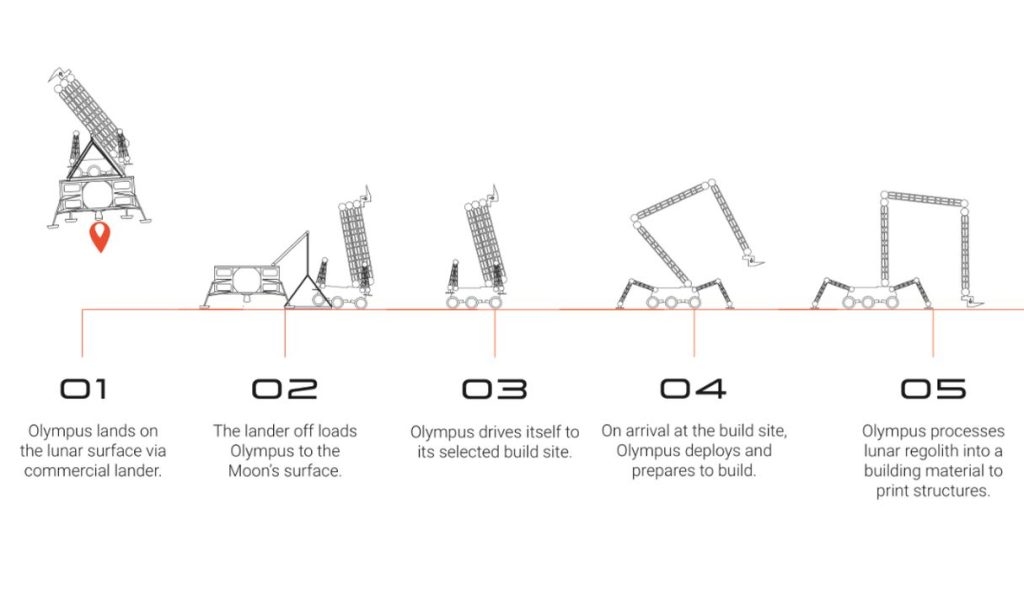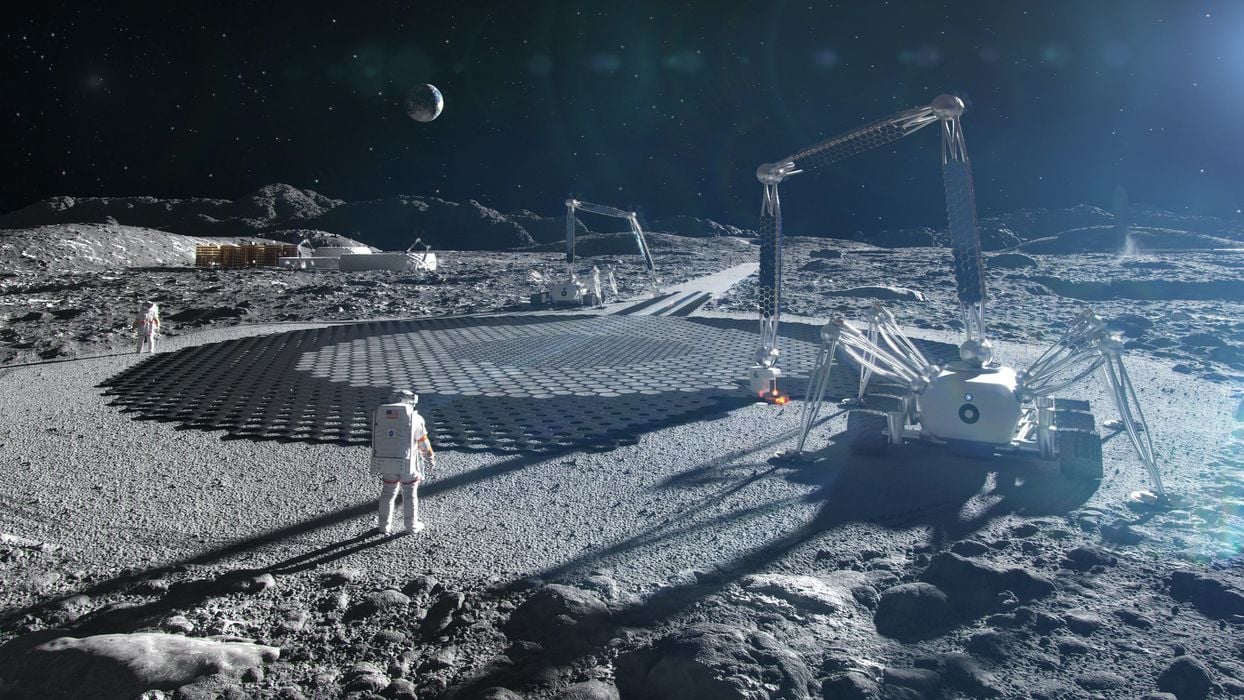
ICON has landed a US$57.2M contract with NASA to 3D print a Lunar 3D printing system.
ICON is well known as being one of the leaders in the construction 3D printing segment, with a number of large-scale concrete printing projects completed and underway. Most recently the company has begun a huge 100-home 3D print project in Texas.
They’re also one of the most well-funded 3D print companies on the planet (and perhaps soon, off-planet, too). Earlier this year it was announced they’d scored yet another massive funding round of US$185M, bringing their total investment to US$451M. Remember, this is what investors have paid to own a portion of ICON, and the total valuation of the company is likely well beyond that level. If ICON becomes a publicly traded company in the future, which I believe is likely, they will appear on our weekly 3D print company leaderboard.
The news this week is that NASA has awarded them a monstrously large contract to develop a 3D print system that NASA could potentially operate on the lunar surface.
NASA — and other space agencies — have in recent years focused strongly on going back to the Moon. Rockets, vehicles, communications systems, landers, and other technologies are simultaneously being developed to enable this to happen within only a few years. There have also been new squads of astronauts recruited, some of which will no doubt be on our Moon within ten years.
When those astronauts are on the Moon, where will they live and work? Certainly they’ll take shelter in the vehicles used to get them there, but that’s what a temporary visitor would do. NASA’s goal is to establish a permanent presence on the Moon, much like is done in Antarctic bases on Earth.
NASA believes the most efficient and effective method would be to build structures out of local materials, in other words, the “regolith”, or soil, that is found on the Moon’s surface nearly everywhere.
A number of NASA-funded experiments have taken place in this regard — including some with ICON — and have shown it is technically feasible to use regolith as a building material. ICON’s Project Olympus was one of these projects.
Evidently this progress was sufficient for NASA to solicit bids for the development of a full-scale system to perform lunar construction as part of their Small Business Innovation Research program.
The project involves ICON developing a “space-based construction system to support planned exploration of the Moon and beyond.”
ICON co-founder and CEO Jason Ballard explained:
“To change the space exploration paradigm from ‘there and back again’ to ‘there to stay,’ we’re going to need robust, resilient, and broadly capable systems that can use the local resources of the Moon and other planetary bodies. We’re pleased that our research and engineering to-date has demonstrated that such systems are indeed possible, and we look forward to now making that possibility a reality. The final deliverable of this contract will be humanity’s first construction on another world, and that is going to be a pretty special achievement.”

It’s not stated which technical approach will be used by ICON to develop the system, and there are several possibilities. One is to simply melt the regolith at high temperatures and pour it into the desired geometry. This could be done with 3D printed mold, or perhaps directly. Another approach is to ship binder to the Moon and use it to 3D print solid structures in much the same way ICON’s Earth-based systems produce concrete structures.
Whichever way the project proceeds, there is certainly going to be many technical challenges to overcome.
Should ICON’s Project Olympus be successful, permanent structures will appear on our Moon. If you look up at night at the Moon after that happens, you won’t be able to see them.
But you’ll know they are there.
Via ICON

